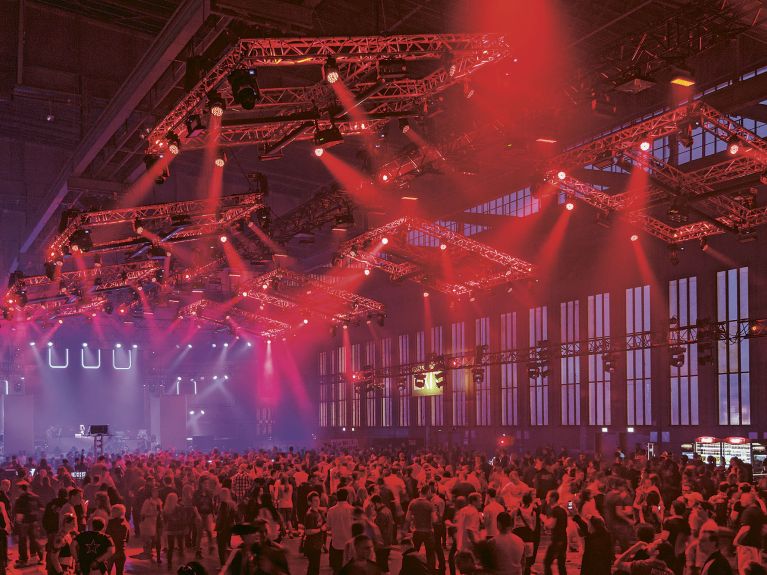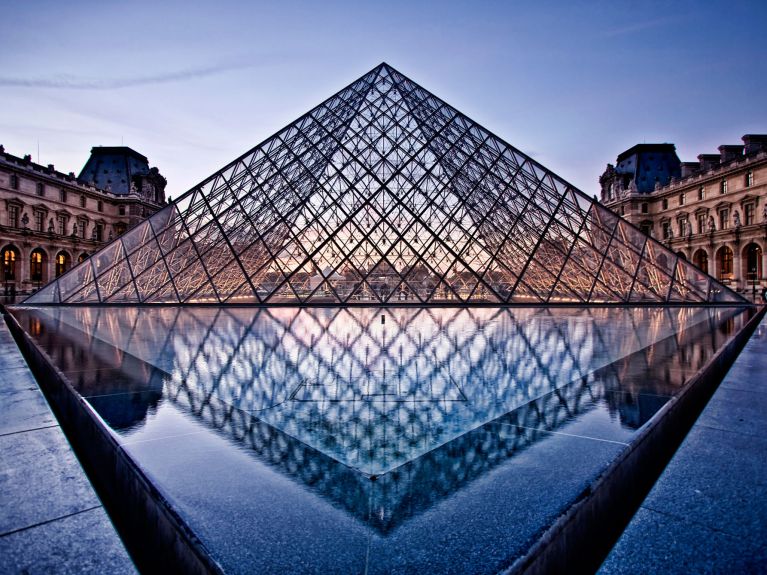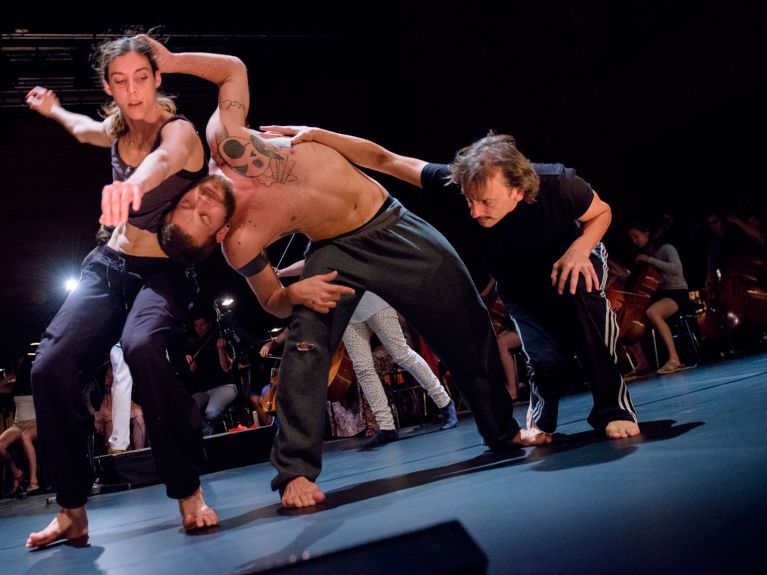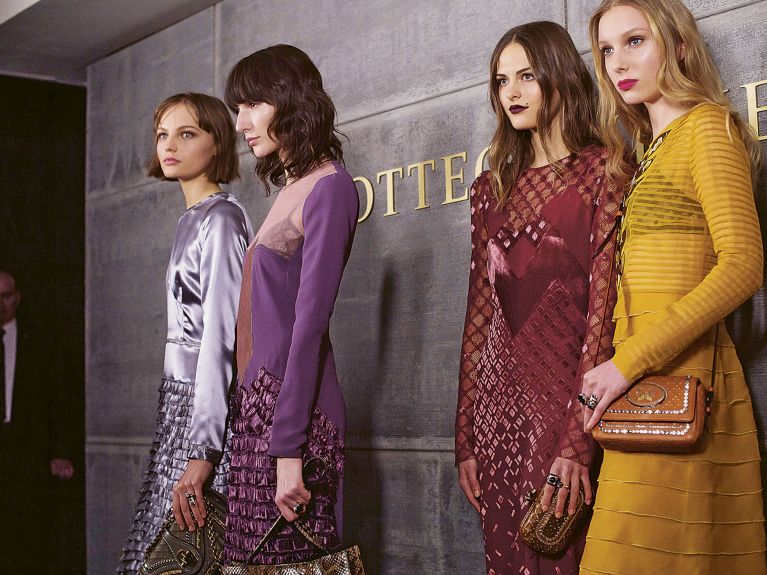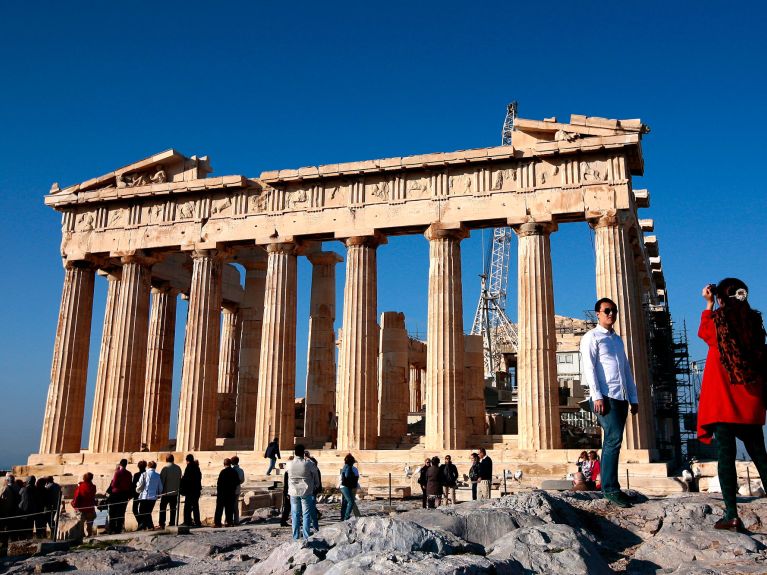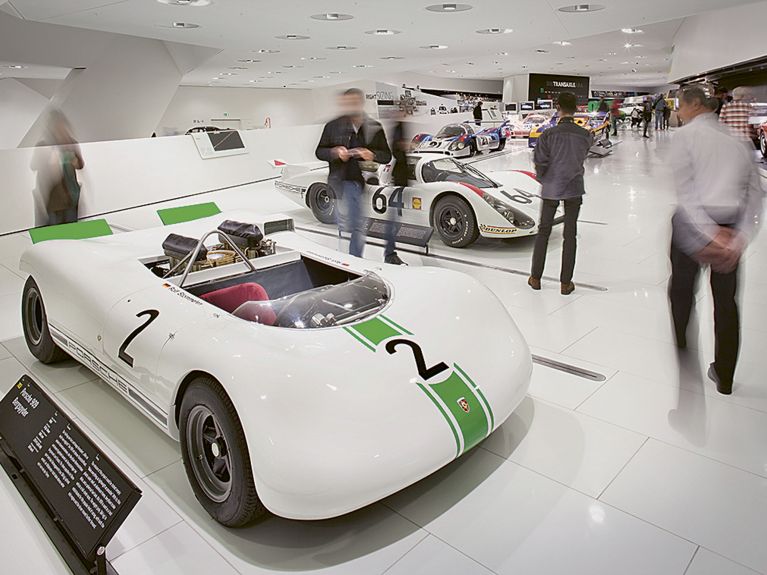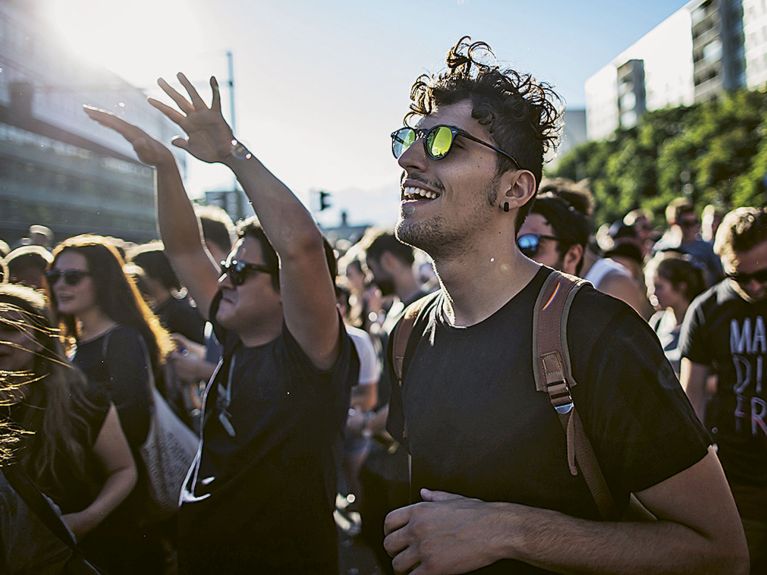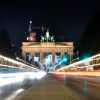Europe – the home of diversity
Inspiring Europe: The mix of a great many talented minds makes the continent so creative.
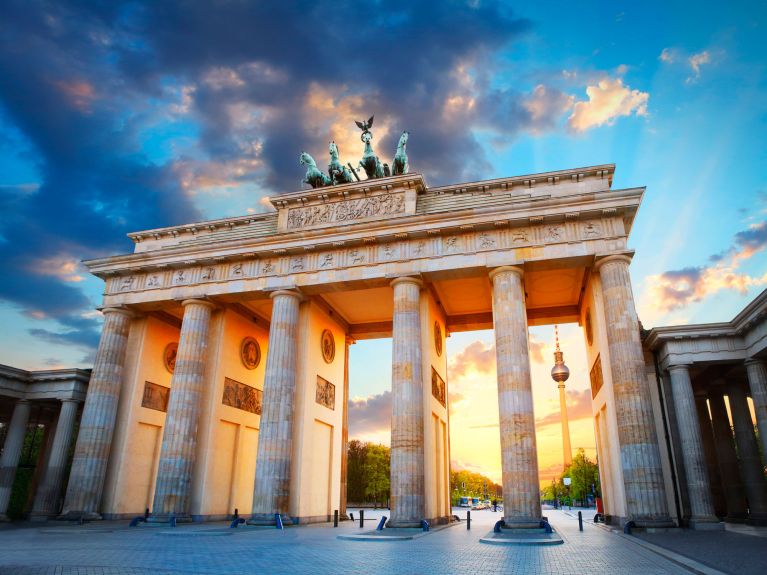
Old Masters and modern art, futuristic architecture and idyllic half-timbered houses, distinguished design and the best theatre, music and film festivals – those who claim that you always have to choose either the one thing or the other in life have never been to Europe. Here you will find everything from all disciplines of the fine arts. And yes, feel free to engage in cherry picking. After all, there are more than enough to go around.
Europe is inspiring. For millennia the muse has had to do overtime to fuel the enormous output of Europe’s creative minds. Of artists like Leonardo da Vinci, Vincent van Gogh, Berthe Morisot, Pablo Picasso and Paula Modersohn-Becker. Of exceptional musicians whose works will delight even our great-grandchildren. From Bach to the Beatles, from Mozart to Anne-Sophie Mutter. Yet Europe does more than just compose, paint and sing. It has always also made history with stories. Captured on film by remarkably talented individuals such as Alfred Hitchcock, Agnès Varda, Pedro Almodóvar and Andrzej Wajda. Penned by the likes of Jane Austen, Fyodor Dostoevsky, Astrid Lindgren and Marcel Proust. And of course by Johann Wolfgang von Goethe. The “prince among poets” also lived up to his reputation as an all-round genius in that even he – who can hardly be said to have had an inferiority complex – knew to whom one had to bow. He rhapsodises in “Wilhelm Meister’s Journeyman Years” about Europe as this “invaluable” culture, which had “over the course of several thousand years arisen, grown, spread, been curbed, oppressed, never fully crushed, breathing freely again, reviving itself and coming to the fore once more in a myriad of activities.”
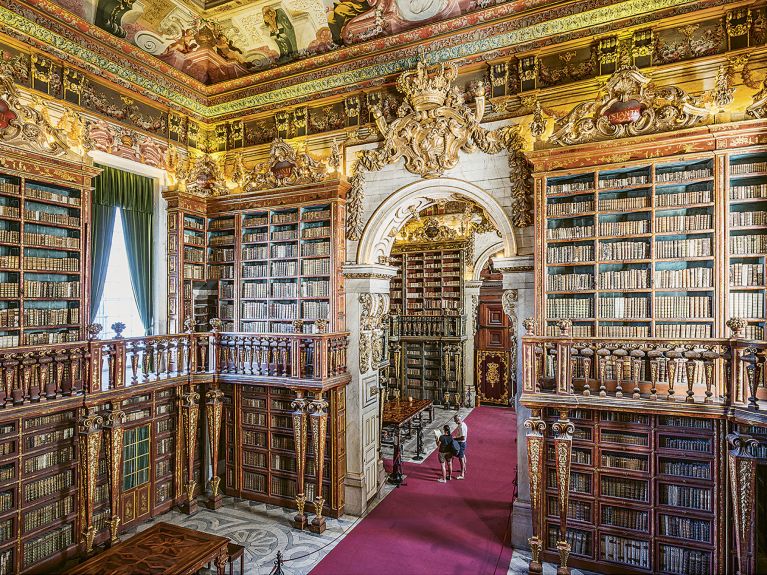
Grand setting for old and new
Remarkable architecture was also realised in order to provide a worthy abode for all the great art, for the achievements of the intellect. Europe is home to one of the oldest opera houses in the world, namely Teatro di San Carlo in Naples, Italy. Charles III commissioned the building, which was completed in 1737. Just less than 2,000 kilometres further north we also find one of the most state-of-the-art opera stages, namely the Berlin State Opera, freshly renovated at a cost of 400 million euros. Here the sophisticated stage technology creates new worlds with no sound at all within a matter of seconds. Moreover, the entire stage area can be tilted. It is unique the world over.
There is also the legendary Biblioteca Joanina, a Baroque masterpiece in Portugal’s university city of Coimbra. The shelves are made of rosewood and ebony. The library contains over 300,000 books, including 70,000 from the early Modern era and earlier. There are more architectural monuments, opera houses, theatres and museums in Europe than on any other continent.
Yet it is not just historical things that can boast a grand setting. Ever new attractions are enriching Europe’s cultural landscape in the form of trailblazing futuristic buildings. They include: the L’Hemisfèric cultural centre masterminded by Santiago Calatrava in Valencia, Spain; Kunsthaus Graz, called the “Friendly Alien”, in Austria; and of course the Louvre. The former residence of the French kings in Paris re-opened on 10 August 1793, one year to the day after the abolition of the monarchy, as the “Central Art Museum of the Republic”. Since 1989 visitors to the art museum have entered through the glass pyramid designed by Ieoh Ming Pei, which rests in the courtyard like a damaged spaceship. Culture on the inside and the outside. It is hardly surprising that the continent is the most popular travel destination: 672 million tourists holiday in Europe every year – and do not restrict themselves to one country, as they most visit France, Spain and Italy.
The motto of the EU – United in Diversity – encapsulates how Europeans see themselves.
The longing to risk more
You would need to live as long as a Galapagos tortoise if you wanted to visit even just the most important temples of culture in Europe. They include many that pay homage to the sciences, such as Deutsches Museum in Munich, one of the world’s largest museums of science and technology. For that is Europe, too. It is not only the cradle of culture, but also a highly productive incubator of ideas. It was a European who first became convinced that the Earth cannot possibly be flat. Incidentally, in Ancient Greece, no less. Book printing with movable type was born here, as was the pizza, the computer, Christmas, the motor car, cinema, psychoanalysis, anaesthesia, penicillin, football, and feminism. All this is the result of a pronounced longing to expand one’s horizons, to risk more, to think far beyond the narrow limits of one’s own existence.
With 47 countries sharing a continent and 28 of them – still – aligned in a political union, one could sometimes feel a little claustrophobic, were Europe to not yield, like a Russian matryoshka doll, ever different aspects and perspectives, amazing, breath-taking and new things time and again. Although each nation preserves its traditions, a mind of its own, its local flavour and its language, at the same time everything remains in fluid motion, including in fashion, music, cinema, theatre and art. “United in Diversity” is the motto of the European Union. It encapsulates a self-understanding that is shaped by an enormous wealth of forms and lifestyles, finding expression in hubs in the guise of major cities such as Paris, Madrid, Berlin, Prague and Vienna. This is hardly surprising, given that as popular European travel destinations they record visitor numbers slightly over and above their own populations.
Europe is smart. As such, people know that the way to someone’s heart is through their stomach. A number of the finest restaurants in the world can be found here. As well as the best markets, including impressive new additions such as Berlin’s Markthalle 9, the Naschmarkt in Vienna, and the Mercat de la Boqueria in Barcelona. All the while, many Europeans are increasingly nourishing the awareness that eaters also have a political and moral responsibility – a good topic for discussion. For that is another thing Europe can boast: a great appetite for debate. As in any good relationship, you have to be able to get on each other’s nerves from time to time, be different and slam doors. In any case, it stops things from becoming boring. There is constant tension, impetus, pulse.
Despite all this, Europe is of course far from being perfect. But in the end, it is precisely for this that you also have to love it.
Newsletter #UpdateGermany: You would like to receive regular information about Germany? Subscribe here to:
